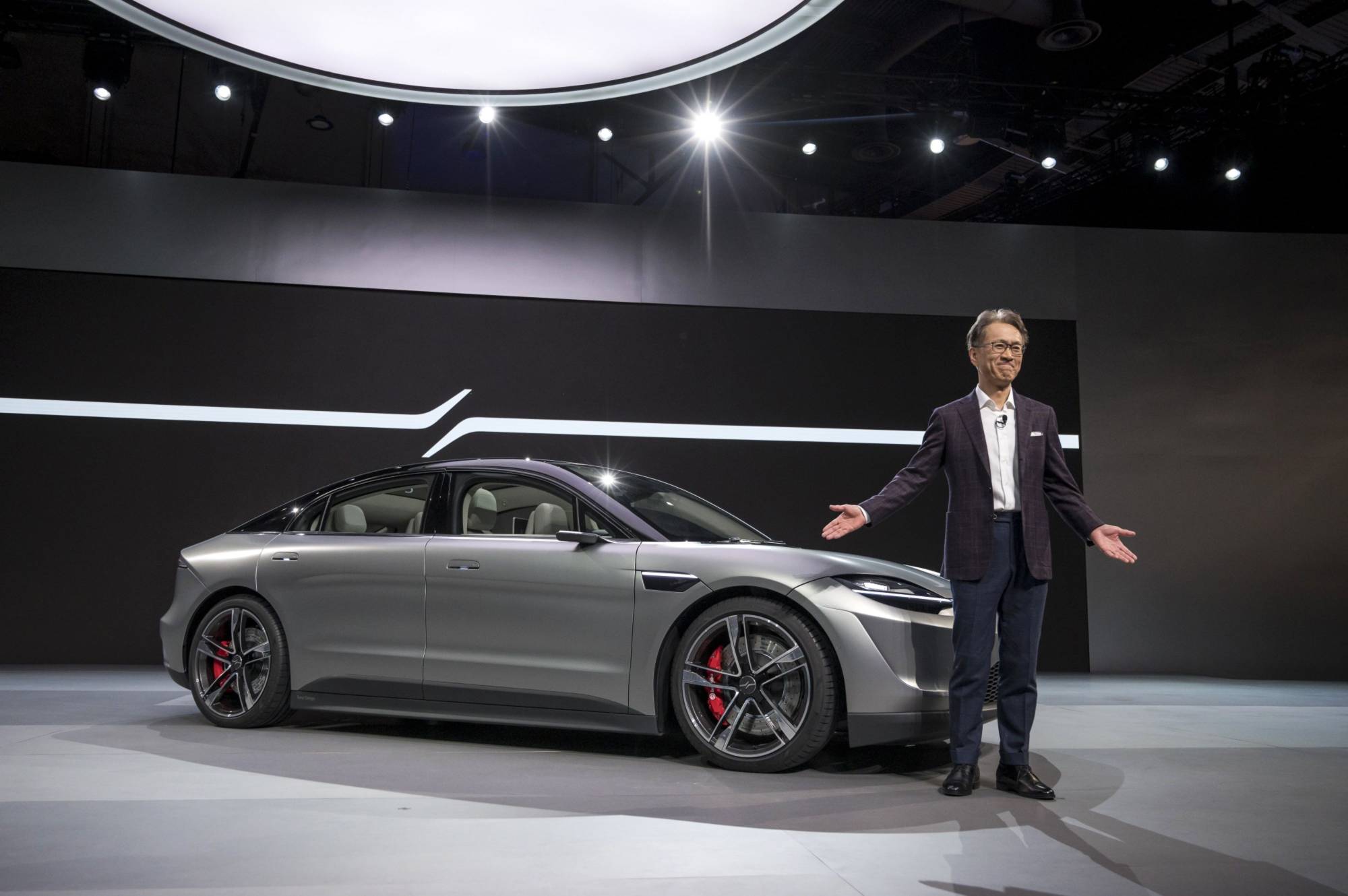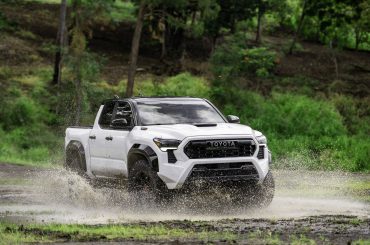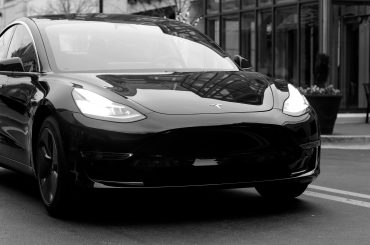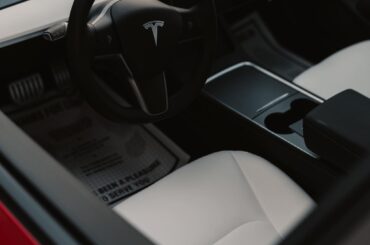Honda has announced plans to release 30 different kinds of Honda EV (electric vehicles) throughout the globe. The automaker said it will invest over 5 trillion Japanese yen ($33.9 billion) in electrification and “software technology.”
It seems that investors are not too excited about Honda Motor’s new strategy to sell more electric automobiles. The company’s historically poor profit margins in the car industry may explain this.
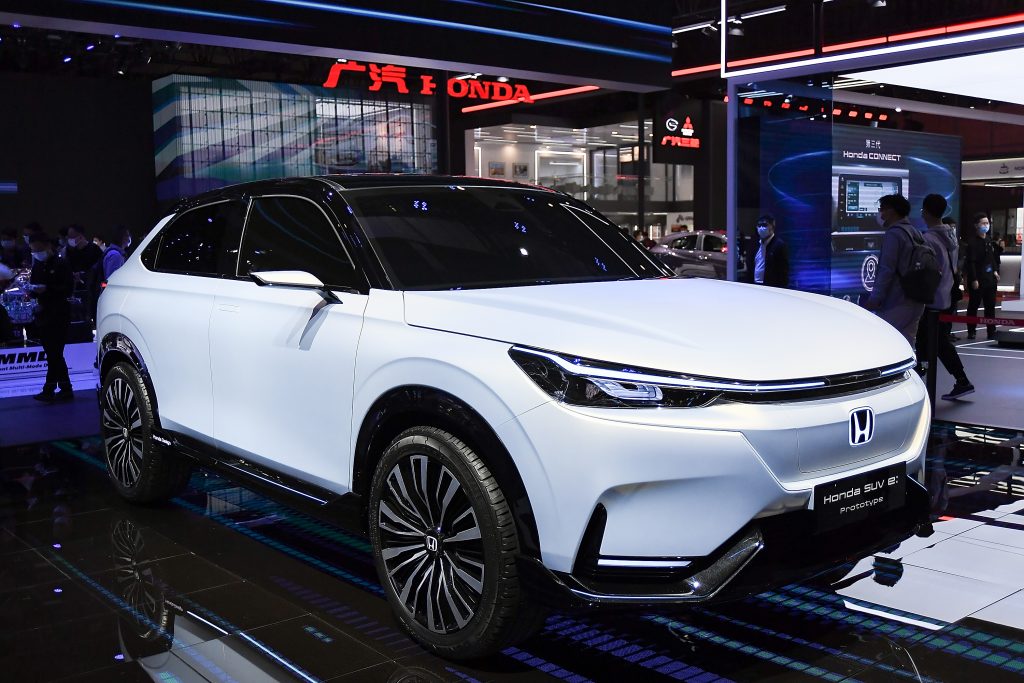
The Japanese carmaker said this month that it plans to introduce 30 EV vehicles by the year 2030. The corporation said a year ago that it will phase out the sale of gasoline vehicles by the year 2040. Honda’s new plan is an attempt to silence those who believed the company was just lip service.
Today, Honda made public a substantial investment in the United States‘ capacity to manufacture electric cars and associated batteries. The new electric vehicle tax incentive has prompted the firm to follow suit with other automakers.
Honda hopes to make Ohio its “EV Hub.”
The investment appears to have had no effect on Honda’s plans to release the Prologue, a hybrid electric vehicle (HEV), in the United States in 2024 through collaboration with GM, and a fully electric vehicle (EV) developed from the ground up in 2026.
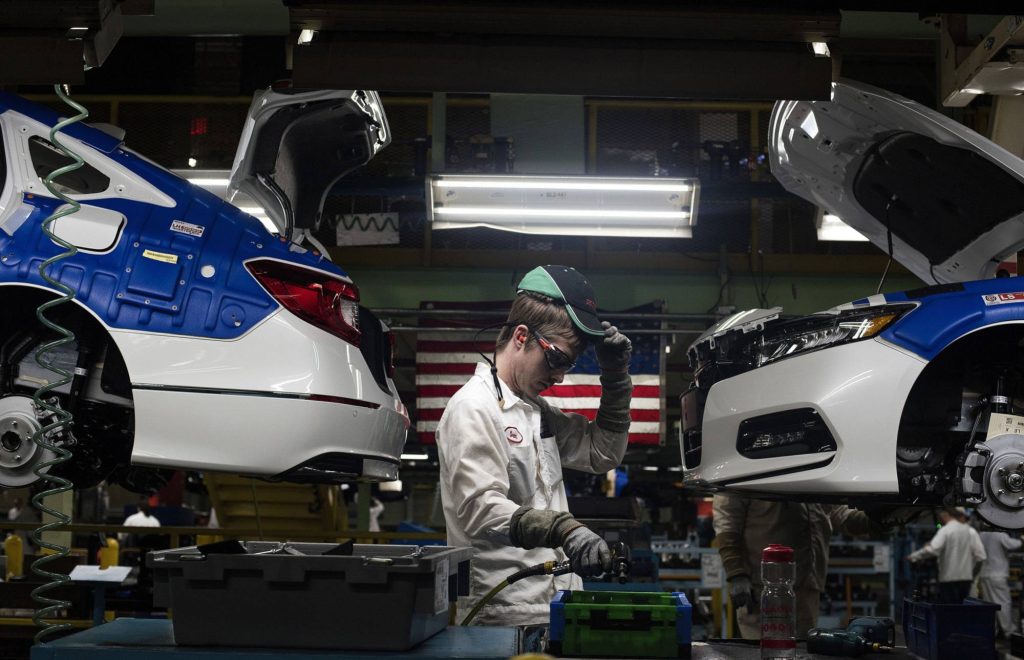
This new electric car, however, will be manufactured in the region beginning in 2026. This announcement has two main points. To begin, Honda will spend $700 million retooling three facilities in Ohio to produce electric vehicles.
The second half of the news is that Honda and LG Energy Solutions will be working together to construct a new battery facility in Fayette County, Ohio. The start of construction is planned for the beginning of next year, with completion anticipated for the close of 2024. The plan is to begin producing “advanced pouch-type, Li-ion cells” with a 40 GWh yearly capacity.
Overview via Electrek
The need for domestic EV assembly and battery manufacture in order to qualify for the federal tax credit for EVs is likely behind this, as is the case with numerous similar announcements made in recent months.
plans for EVs
Tokyo’s statement follows the American one from Honda, which stated its commitment to an all-electric future by announcing the establishment of a manufacturing base for electric vehicles in Ohio.
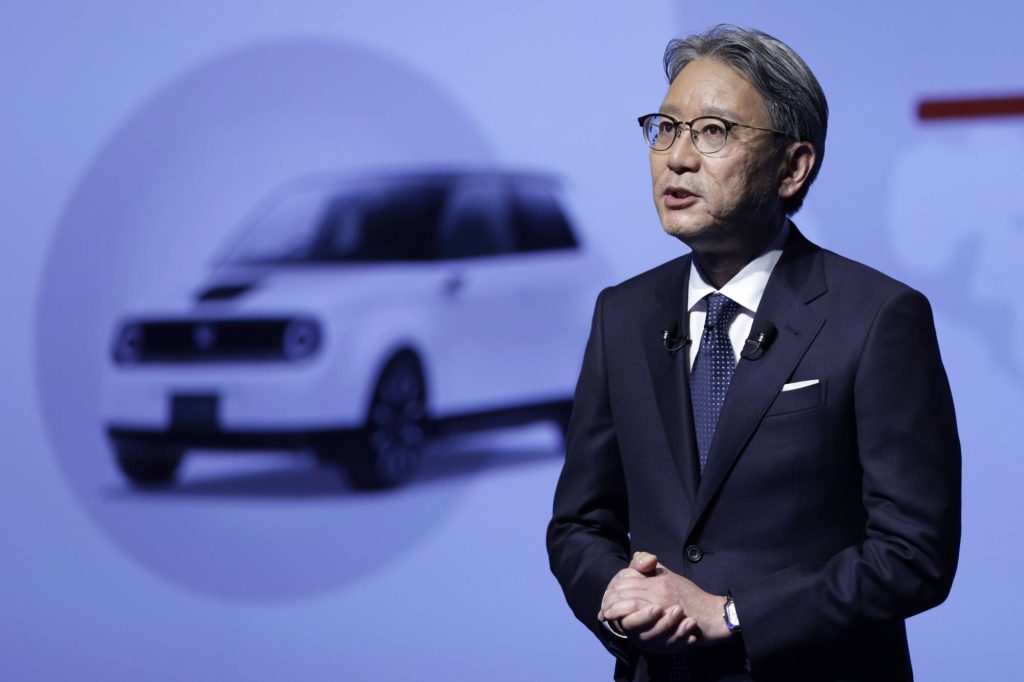
Three of the company’s facilities in the state will be retooled at a cost of $700 million so that they can produce electric vehicles, and the company also wants to spend $3.5 billion on constructing a battery facility with its South Korean partner LG.
The Tokyo-based joint venture between Sony and Honda was unveiled in January. Sony’s chief operating officer is executive vice president Izumi Kawanishi. To put it simply, Mizuno is a Honda brand.
The companies claim that Sony Honda Mobility will use Sony’s capabilities in imaging, sensing, telecommunications, and entertainment with Honda’s skills in car engineering and production.
That day, Honda had a market value of $5.85 trillion yen ($45.7 billion), somewhat down from its value before the company’s April 2021 statement about transitioning to an all-electric fleet. Competition intensified during this period. The market value of Tesla rose by 47%, while BYD in China and Toyota Motor in the United States both saw increases of 37% and 24%, respectively.
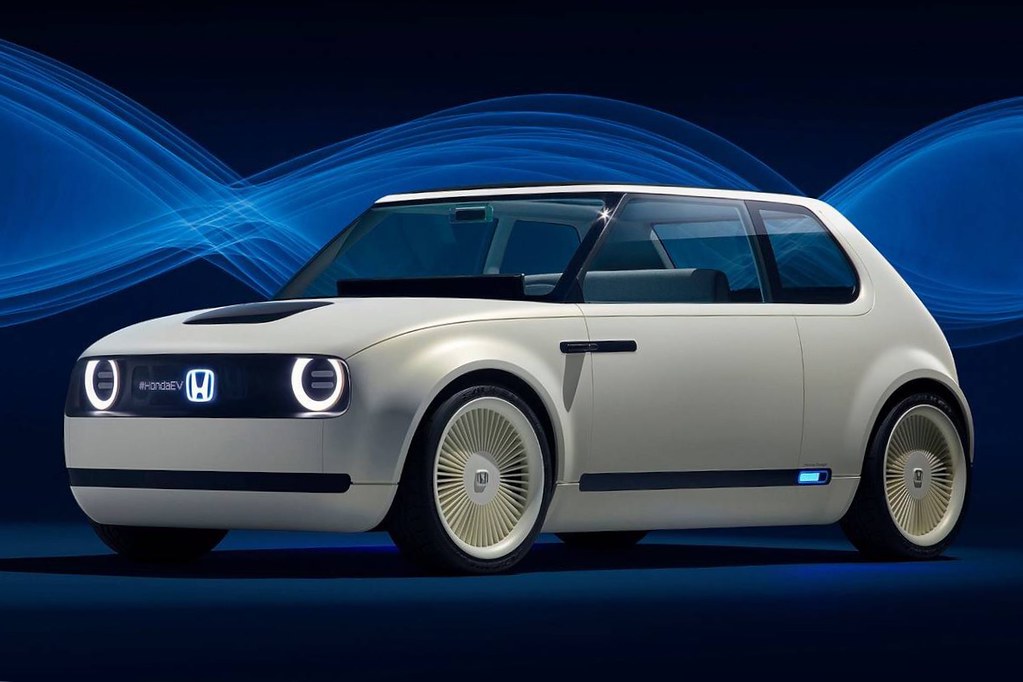
Shares of Honda have been dragged down more by low profitability in automobiles and trucks than by any dissatisfaction about the company’s EV plan. The segment’s operating margin was a dismal 3% from April through December 2021, up from a meager 1% for the year ending March 2021. The motorbike division continues to be crucial for the firm, contributing 15% to the group’s total profit.
Expenses for research and development might be a roadblock on the path to greater profits. Honda invests over 800 billion yen each year on R&D, regardless of profits, due to the company’s status as a technological pioneer. Some of Honda’s most recognizable products, including the Asimo humanoid robot and the HondaJet, are the result of this creative outburst, but the company’s vehicle profit margins haven’t budged as a result.
Honda is making a substantial investment, but as I pointed out in my previous piece on the company’s EV plans for the Americas, with just two models available in the US by 2026, and one of them employing GM’s technology, it may be too little, too late.
Honda will strengthen its partnership with General Motors by sharing EV platforms and maybe even creating cars jointly, as part of a new plan that aims to spend 5 trillion yen in EVs and other sectors by the year ending March 2031. The corporation is also collaborating with Sony Group, a non-industry participant, to improve R&D output.


